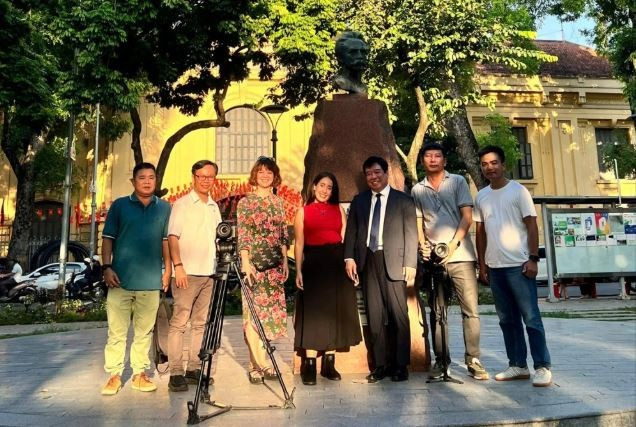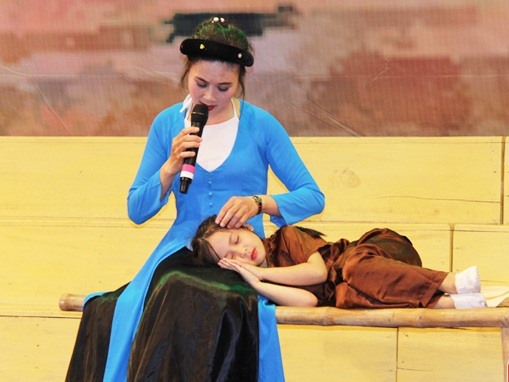 Life & Style
Life & Style

A festival featuring ví and giặm folk singing of Nghệ Tĩnh, named an Intangible Cultural Heritage of Humanity by UNESCO, will kick off on Friday in the central province of Hà Tĩnh.
 |
| Today, ví and giặm folk singing are featured in festivals and taught in schools as a way to pass down the heritage for the younger generation. — Photo baohatinh.vn |
HÀ TĨNH — A festival featuring ví and giặm folk singing of Nghệ Tĩnh, named an Intangible Cultural Heritage of Humanity by UNESCO, will kick off on Friday in the central province of Hà Tĩnh.
The four day event co-organised by the provinces of Nghệ An and Hà Tĩnh will draw 25 folk troupes.
There will be singing performances and competitions before the artists move on to perform in Hưng Nguyên in Vinh City, and Cẩm Xuyên and Can Lộc in Hà Tĩnh.
“The festival is an opportunity for the artists and singing troupes to perform and exchange experiences,” said deputy chairman of Hà Tĩnh’s People’s Committee Đặng Quốc Vinh.
It also aims to find new talents, and develop the key artists in order to promote the folk singing and pass down on this art to younger generation.
Ví and giặm are sung by communities in Nghệ An and Hà Tĩnh. The lyrics use the unique dialect and linguistic idioms of the region and are sung with the particular singing voice of people there.
The songs focus on key values and virtues including respect for parents, loyalty, care and devotion, and the importance of honesty and a good heart in the maintenance of village customs and traditions.
The folk music is traditionally sung while people are working in the rice fields, rowing boats, making crafts or lulling children to sleep. Singing is a chance for locals to ease theirs hardship in life as well as express feelings between men and women.
Today, ví and giặm are also sung at cultural events and theatres. The folk singing is also featured in a number of local festivals and taught in schools as a way to transmit, practise and pass down the heritage to the younger generations.
It was recognised as an Intangible Cultural Heritage of Humanity by UNESCO in 2014. — VNS